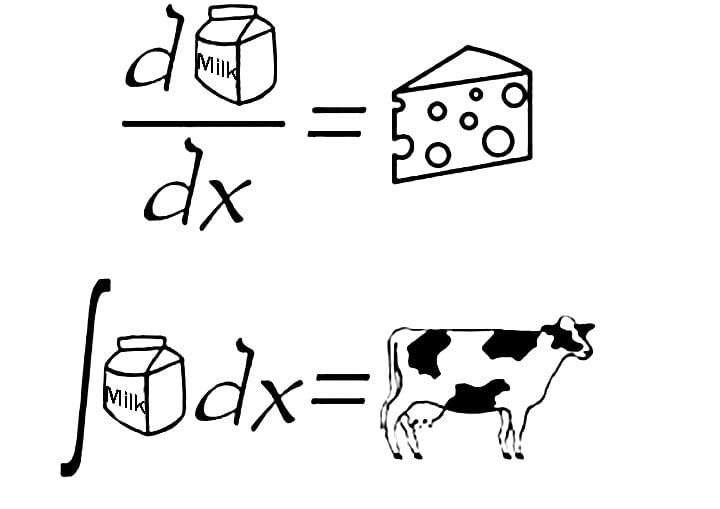The Role of Options and Derivatives in Investment Portfolios
In the ever-evolving landscape of financial markets, options and derivatives have emerged as powerful tools for investors to optimise their investment portfolios. These financial instruments offer a plethora of strategies that enable investors to hedge against risk

Introduction
In the ever-evolving landscape of financial markets, options and derivatives have emerged as powerful tools for investors to optimise their investment portfolios. These financial instruments offer a plethora of strategies that enable investors to hedge against risk, generate income and enhance returns. In this article, we will delve into the technical aspects of options and derivatives and explore their role in investment portfolios.
Understanding Options and Derivatives
Options and derivatives are financial contracts that derive their value from an underlying asset. They provide investors with the right, but not the obligation, to buy or sell the underlying asset at a predetermined price (known as the strike price) within a specified period of time.
Options, a type of derivative, come in two forms: calls and puts. A call option grants the holder the right to buy the underlying asset at the strike price, while a put option grants the holder the right to sell the underlying asset at the strike price.
Derivatives encompass a broader range of financial instruments, including futures contracts, forwards and swaps. These instruments allow investors to speculate on the future price movements of the underlying asset or hedge against potential losses.
Hedging Against Risk
One of the primary uses of options and derivatives in investment portfolios is hedging against risk. By purchasing options or derivatives, investors can protect their portfolios from adverse price movements in the underlying asset. For example, if an investor holds a large position in a particular stock and anticipates a potential decline in its price, they can purchase put options to hedge against this risk. If the stock price indeed falls, the investor can exercise the put options and sell the stock at the higher strike price, effectively limiting their losses.
Hedging can also be achieved through the use of futures contracts. By taking a short position in a futures contract, an investor can offset potential losses in the underlying asset if its price decreases. This allows the investor to mitigate risk and preserve the value of their investment portfolio.
Generating Income
Options and derivatives can also be used to generate income for investors. Writing options, or selling options, enables investors to collect premiums from buyers who are willing to pay for the right to buy or sell the underlying asset.
Writing covered call options is a popular income-generation strategy. In this strategy, investors sell call options on underlying assets they already own. By doing so, they earn premiums from the buyers while still retaining ownership of the underlying asset. If the price of the asset remains below the strike price, the options expire worthless and the investor keeps the premium as income. If the price exceeds the strike price, the investor may have to sell the asset at the strike price, but they still keep the premium received.
Similarly, selling put options allows investors to generate income by collecting premiums while potentially acquiring the underlying asset at a lower price if the option is exercised. This strategy is often employed when investors have a bullish outlook on the underlying asset.
Enhancing Returns
Options and derivatives can be utilised to enhance the returns of an investment portfolio. By employing strategies such as leverage and speculation, investors can amplify their gains from favorable price movements in the underlying asset.
Leverage is a key feature of derivatives, particularly futures contracts. By trading futures, investors can control a larger position in the underlying asset with a smaller initial investment. This leverage allows investors to magnify their returns if the price of the asset moves in their favor. However, it is important to note that leverage also increases the potential for losses, making risk management crucial.
Speculation involves taking positions in options or derivatives with the expectation of profiting from anticipated price movements in the underlying asset. For instance, an investor may purchase call options if they believe the price of the underlying asset will rise significantly. If their prediction is correct, the value of the call options will increase, resulting in substantial profits.
Conclusion
Options and derivatives are indispensable tools for investors looking to optimise their investment portfolios. These instruments offer a wide range of strategies for hedging against risk, generating income and enhancing returns. However, due to their complexity and potential risks, it is crucial for investors to thoroughly understand the mechanics and intricacies of options and derivatives before incorporating them into their investment strategies. By doing so, investors can leverage these instruments effectively and navigate the dynamic landscape of financial markets with confidence.
Note: This article is for informational purposes only and should not be considered as financial advice. Always do your own research and consult with a qualified financial advisor before making any investment decisions.



